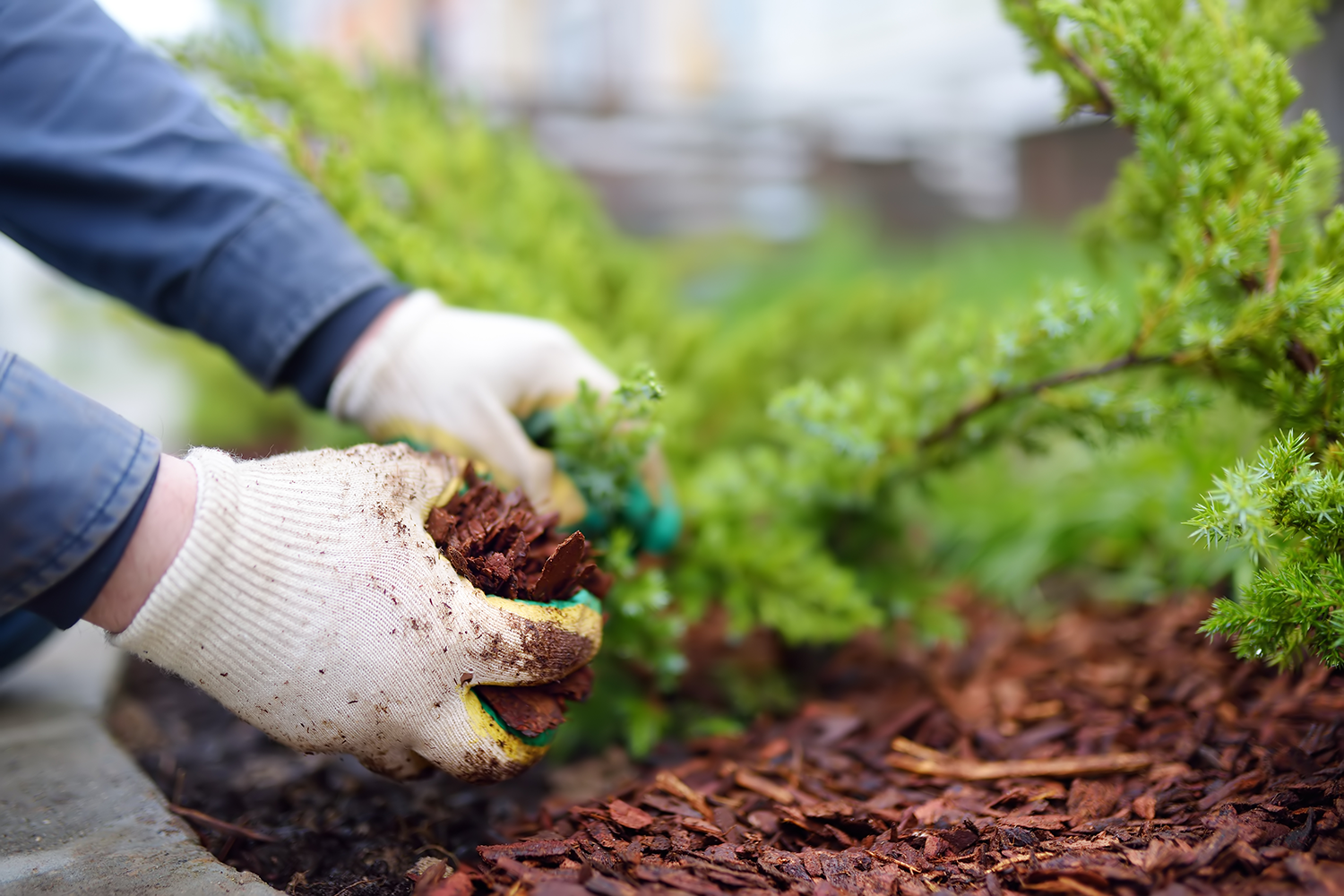A Step by Step Brush Removal Guide To Help You Create an Outdoor Living Space You Will Love! …

As the weather warms up and nature begins to bloom, homeowners and property managers start planning their outdoor upgrades. Whether you’re dreaming of lush gardens or a stylish patio, deciding whether to prioritize landscaping or hardscaping can be challenging. While both elements contribute to a beautiful and functional outdoor space, the order in which you tackle them can make a big difference in efficiency, cost, and long-term success.


Understanding the Difference
Before diving in, let’s clarify what sets landscaping and hardscaping apart:
- Landscaping refers to the living elements of your yard—plants, trees, grass, flower beds, and other greenery. It also includes soil preparation, irrigation, and mulching.
- Hardscaping encompasses non-living structures such as patios, walkways, retaining walls, outdoor kitchens, and fire pits. These permanent features define the structure of your outdoor space.
Why Hardscaping Should Come First
While it may be tempting to start with plants and greenery, hardscaping should generally be the first step in an outdoor renovation. Here’s why:
1. Prevents Damage to Landscaping
Hardscaping projects often involve heavy equipment, excavation, and construction. If you plant trees, shrubs, or flower beds first, they may get trampled, damaged, or need to be removed to accommodate new structures.
2. Establishes a Solid Foundation
Patios, walkways, and retaining walls help shape the layout of your yard. By completing these first, you create a strong foundation for softscaping elements, ensuring that plants complement rather than compete with hardscape features.
3. Improves Drainage & Irrigation Planning
Hardscaping projects often alter the natural flow of water in your yard. Installing features like patios, paver pathways, or retaining walls first allows you to integrate proper drainage solutions before adding plants that depend on a well-managed water supply.
4. Enhances Curb Appeal & Usability Sooner
A finished patio, outdoor kitchen, or fire pit provides immediate functionality and aesthetic appeal. You can start enjoying your outdoor space while gradually adding landscaping to enhance the ambiance over time.
When to Prioritize Landscaping First
While hardscaping typically comes first, there are cases where landscaping should take priority:
- If erosion control is needed – Planting grass, shrubs, or ground cover can help stabilize the soil before heavy construction takes place.
- If you’re on a tight budget – Basic landscaping updates like fresh mulch, sod installation, or seasonal flowers can provide a quick facelift while you plan for larger hardscaping projects.
- If hardscaping is minimal – If your yard only requires small hardscaping elements (like stepping stones or decorative edging), you might be able to plant first without disrupting the design.
Final Thoughts: A Balanced Approach
The best approach to spring outdoor upgrades is a well-planned combination of both hardscaping and landscaping. Start with hardscaping to establish the structure and functionality of your yard, then follow up with landscaping to bring it to life with vibrant greenery. By tackling these projects in the right order, you’ll create a cohesive, durable, and visually appealing outdoor space that you can enjoy for years to come.
Ready to Start Your Spring Outdoor Transformation?
If you’re considering a hardscaping project this spring, our team can help bring your vision to life. Contact us today to discuss your outdoor goals and get started on designing the perfect space!
Get A Free Consultation Now!
Now Offering Financing Through Kemba Credit Union!
Exciting news! We now offer project financing through Kemba Credit Union, making it easier than ever to bring your dream landscaping and hardscaping projects to life.

